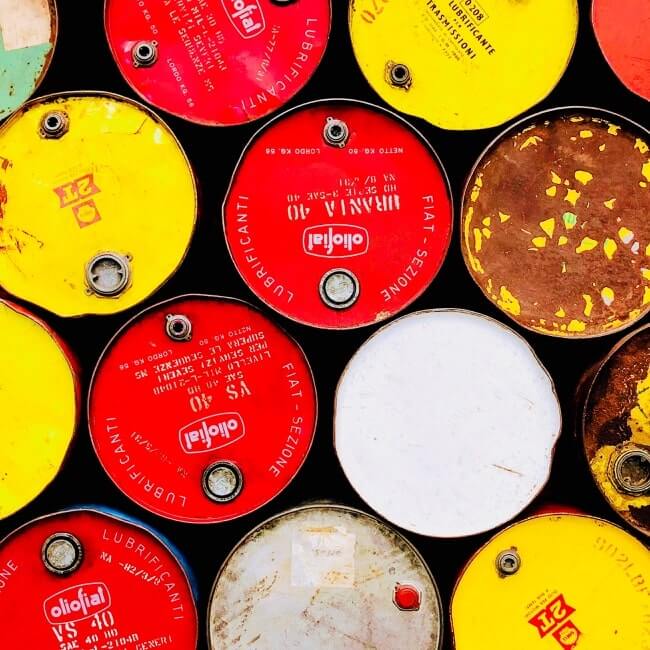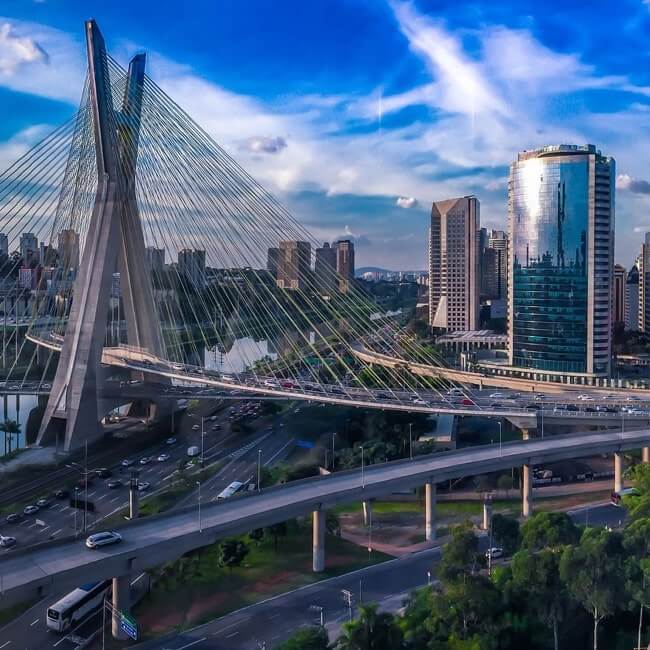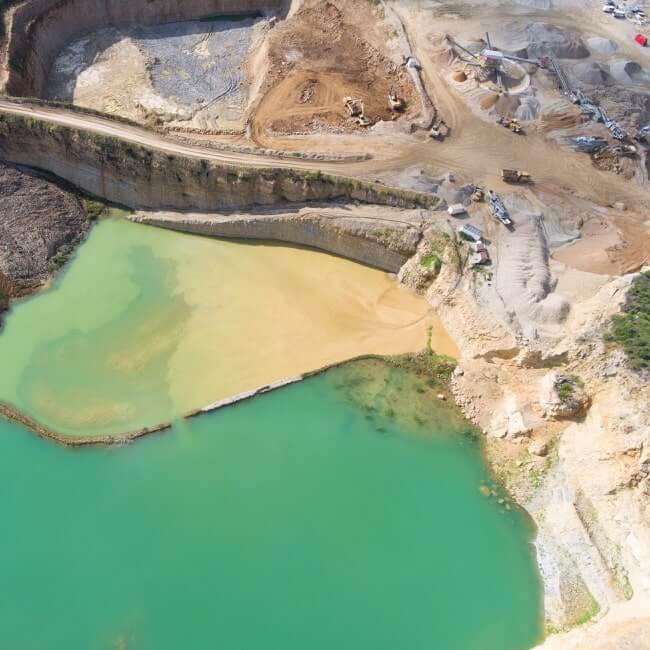Green fuel boom in shipping 'means retrofitting entire port infrastructure'
If the potential of green hydrogen and green ammonia to power barges and ships is realized, investment to adapt port infrastructure would be needed, a World Bank regional official indicated.
Freight vessels generally use highly polluting bunker fuel, made from the dregs of the oil refining process.
In 2018, industry chamber the International Maritime Organization adopted an initial strategy of reducing annual greenhouse gas emissions by at least 50% by 2050 compared to 2008 levels.
Use of green hydrogen and green hydrogen-derived synthetic fuels is seen as a possible way of helping achieve this goal.
While a global green hydrogen industry is taking its first baby steps – including in Chile, where production projects are in the pipeline – challenges remain, largely in the spheres of coordinating demand and building out infrastructure.
“When you think towards the 2030s and 2040s what you would like to see is to shift all that fuel oil to something like either green ammonia or maybe green hydrogen, which are zero-emission fuels,” the World Bank’s infrastructure director for Latin America, Franz Drees-Gross, told BNamericas.
“It’s doable but you totally have to redesign ships and there are still technical problems, but those seem to be two possible candidates. And, of course, that means retrofitting the entire port infrastructure, too, so that you have those fuels available for bunkering, for refueling ships.”
Using the sea or waterways is the most efficient means – in terms of emissions and costs – of shifting bulk goods around the globe.
Under transport decarbonization strategies, a goal is shifting more logistics off the roads and on to rail, ships and barges – and then greening the types of fuel these use. Ensuring trucks are always loaded, an issue in Latin America, is part of the jigsaw.
“The worst way of moving freight, from an environmental point of view and a commercial efficiency point of view, is on roads," Drees-Gross said. "It also causes more accidents, roads wear down. Ideally, from all kinds of perspectives, you want it to be on rail. Even better than rail would be to put it on big barges [or cabotage].
“In places where you do have natural waterways or you can build canals, that’s the way to go.”
In the region, Colombia and Paraguay hold much potential in terms of development of river transport. A challenge is getting waterways dredged to the right levels.
Decarbonizing energy sectors is easier, relatively speaking, than transport as fewer stakeholders are involved – such as utilities.
Total global greenhouse gas emissions are about 50-55Bt (billion tons) of CO2 equivalent a year, of which transport accounts for about 8Bt. Transport emissions are growing briskly.
Of the 8Bt, 0.7-0.8Bt correspond to maritime shipping, the same to aviation, with 6.5Bt accounted for by road and rail transport.
Overall, Latin America, which has a relatively green power generation mix, accounts for about 10% of global greenhouse gas emissions.
Subscribe to the leading business intelligence platform in Latin America with different tools for Providers, Contractors, Operators, Government, Legal, Financial and Insurance industries.
News in: Petrochemicals (Mexico)
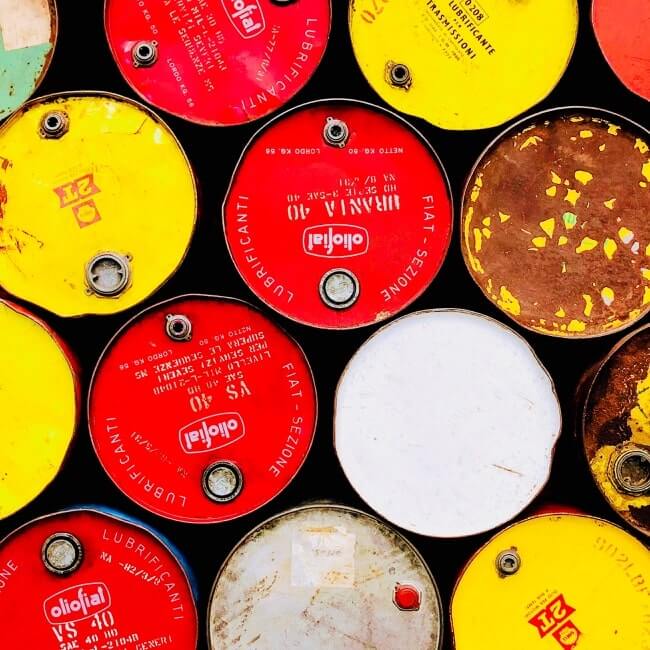
Dealmaking transactions slide in Peru, Colombia in H1
Plus, Brazil approves Teleperformance-Majorel takeover, Peru’s Tumi goes to Chile, India’s HGS opens Colombian CX center, and more.
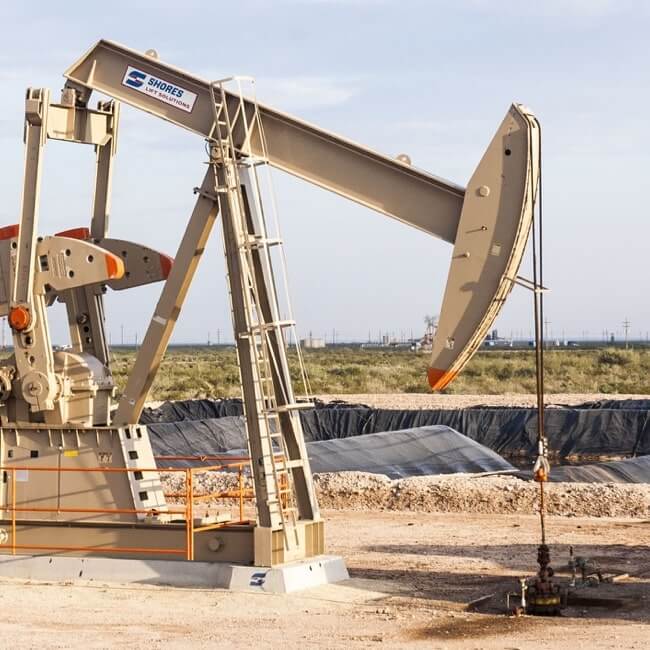
Strong peso expected to impact Mexican firms' Q2 results
James Salazar, deputy director of analysis at CIBanco, expects decreases in 2Q23 revenues for companies in the construction, communication services...
Subscribe to Latin America’s most trusted business intelligence platform.
Other projects in: Petrochemicals (Mexico)
Get critical information about thousands of Petrochemicals projects in Latin America: what stages they're in, capex, related companies, contacts and more.
- Project: Olmeca Refinery (ex Dos Bocas)
- Current stage:

- Updated:
1 month ago
- Project: Pacific Mexinol Methanol Plant
- Current stage:

- Updated:
2 months ago
- Project: Ethane Maritime Terminal in Coatzacoalcos/Nanchital
- Current stage:

- Updated:
3 months ago
- Project: Biomex ethanol plant
- Current stage:

- Updated:
4 months ago
- Project: Expansion and upgrade of the aromatics train at La Cangrejera petrochemical complex
- Current stage:

- Updated:
7 months ago
- Project: Vinyl chloride monomer (VCM) plant at Pajaritos complex
- Current stage:

- Updated:
6 months ago
- Project: Expansion and Modernization of the Ethane Chain of Derivatives I at the Morelos Petrochemical Complex
- Current stage:

- Updated:
4 years ago
- Project: Etileno XXI Petrochemical Complex
- Current stage:

- Updated:
4 years ago
Other companies in: Petrochemicals (Mexico)
Get critical information about thousands of Petrochemicals companies in Latin America: their projects, contacts, shareholders, related news and more.
- Company: Representaciones Feyma SA de CV (Feyma)
-
The description included in this profile was taken directly from an official source and has not been modified or edited by the BNamericas’ researchers. However, it may have been...
- Company: Alvarez & Marsal, Sucursal México
- Company: Black & Veatch México
- Company: Grupo Sierra Madre S.A.
- Company: Fomento Económico Mexicano, S.A.B. de C.V. (FEMSA)
-
The Mexican multinational firm Fomento Económico Mexicano, S.A.B. de C.V. (FEMSA) participates in a variety of markets through the bottling company Coca-Cola FEMSA; FEMSA Comerc...
- Company: Centro de Investigación Científica de Yucatán, A.C. (CICY)
-
The description contained in this profile was taken directly from an official source and has not been edited or modified by BNamericas researchers, but may have been automatical...
- Company: Compañía Minera Sabinas, S.A. de C.V. (Compañía Minera Sabinas)
-
The description contained in this profile was taken directly from an official source and has not been edited or modified by BNamericas researchers, but may have been automatical...
- Company: Assa Abloy Global Solutions Mexico S.A. de C.V. (Assa Abloy Global Solutions – Critical Insfrastructure Mexico)
-
The description included in this profile was taken directly from an official source and has not been modified or edited by the BNamericas’ researchers. However, it may have been...

